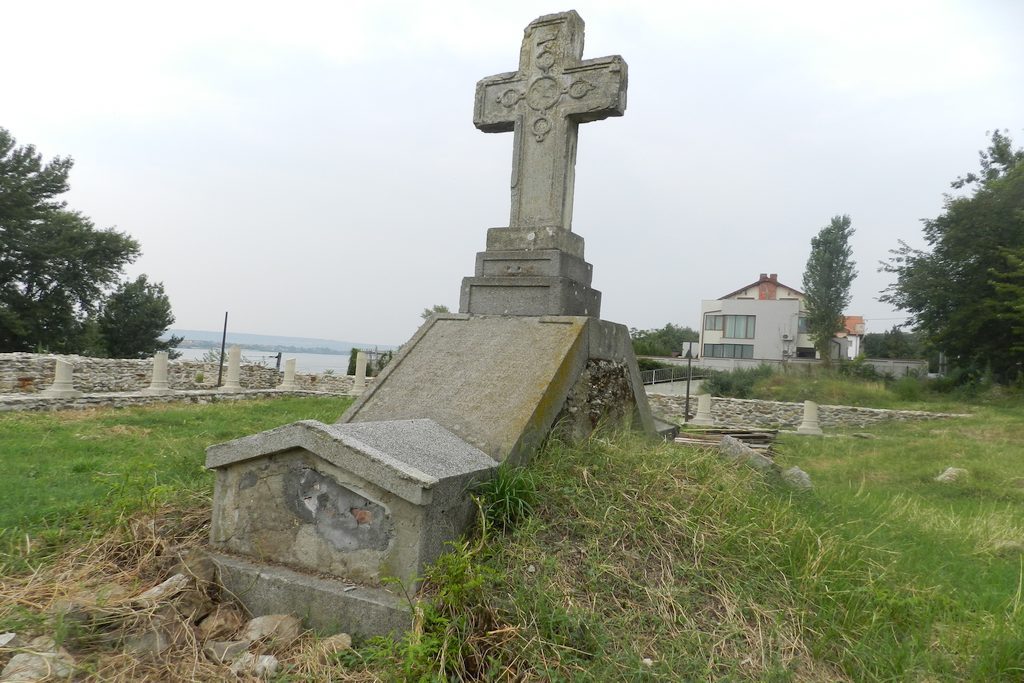

The Monument of the Crypt of Heroes is situated in the proximity of the Roman thermae as a symbol of the heroes involved in the ancient conflicts.
In 1912, the professor Al. Bărcăcilă founds the History Museum of the Traian High School, which will be moved in 1926 in the new building built near the Roman castrum which, even from the beginning, must also shelter a museum which will be names starting from now the Museum of History and Ethnography from Turnu Severin.
After 1945, the museum advances in importance and broadens its area of research, being name the Museum of the Area Porțile de Fier.
On the 15th of May 1972 there was opened the museum in the current shape, having two departments: history and sciences of nature, with an aquarium in which there are presented species of Fish from the Danube.
Later on there were created the departments of ethnography and art.
It exhibits pieces from the domains: sciences of nature (fauna and flora, aquarium for the Danube fauna and exotic fish), history – documents, archeology (including a lapidarian from the Roman era), numismatics, ethnography (clothing, ceramics, fabrics from the area), Romanian plastic art (works belonging to Luchian, Petrașcu, Pallady, Tonitza, Dumitrescu, Șirato, Stoenescu, Iser, Ressu).
The department of History – Archeology is composed from nine rooms: – Prehistory – the vestiges of the material and spiritual life from the culture Schela Cladovei;
The exhibit of the sciences of nature, inaugurated on the 15th of May 1972, presents the physical and geographical conditions of the Defile Porțile de Fier (the 1st Room), the terrestrial flora and fauna of the Defile Porțile de Fier (the 2nd Room), the Danube ihtio-fauna of the barrier lake Porțile de Fier (the aquarium), the flora and the fauna specific to the aquatic environment from the area Porțile de Fier (the 3rd Room). The exhibits ends with aspects associated with cosmogony, the appearance of life on Earth, paleontology proofs, the origin and the evolution of the human (the 4th Room). The ethnography and popular life department disposes of a precious and rich patrimony, valuable from the documentary point of view. The fundamental exhibit presents firstly aspects of the rural civilization from Mehedinți and from the area Porțile de Fier. In the proximity is the Roman castrum Drobeta. [1]
The building of the museum is declared historical monument, being built in the year 1926.
